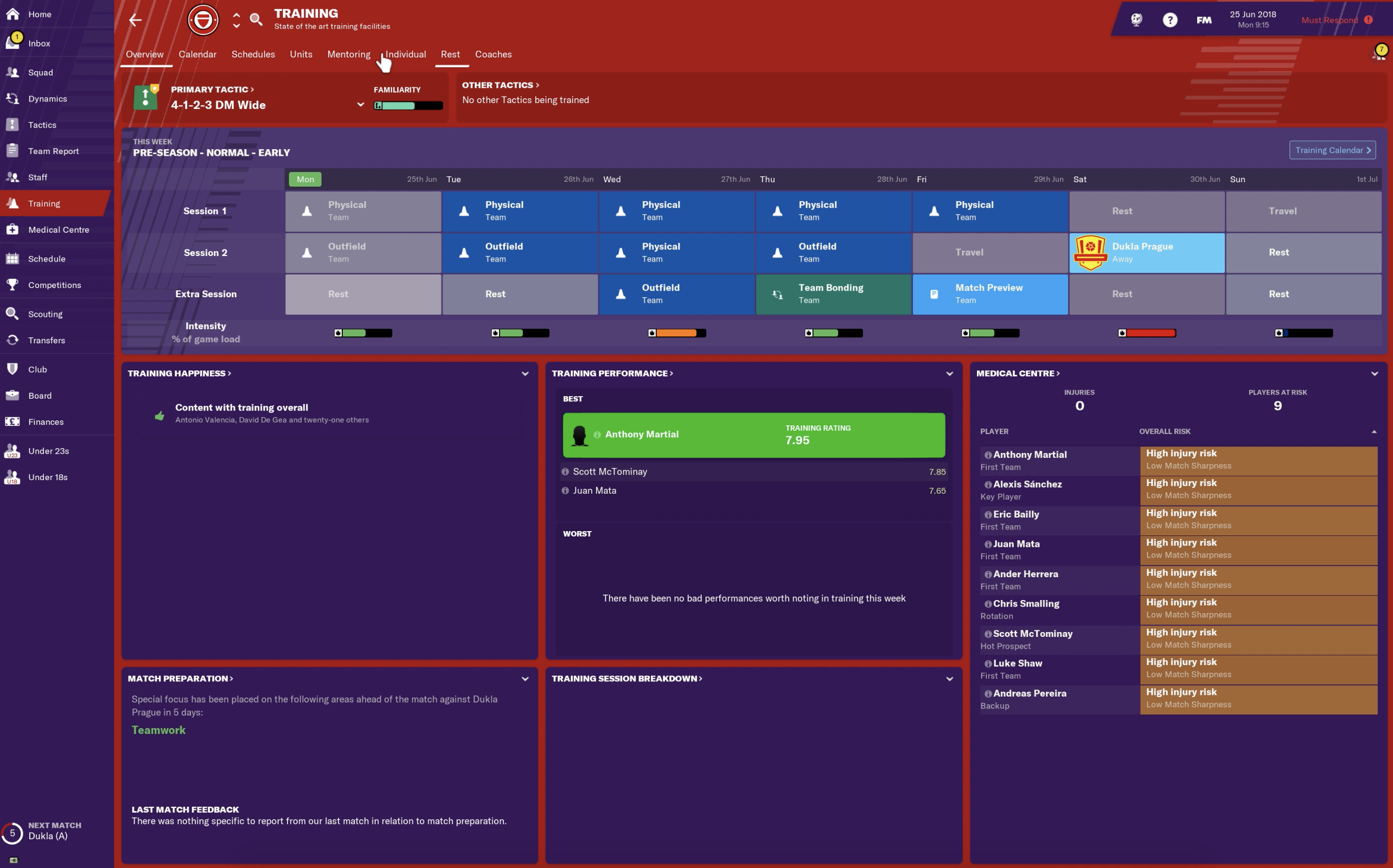


These included Alan Rogers and Brian Birch, coaches from the United Kingdom. In the early sixties, the Philippine Football Association partnered with the San Miguel Corporation to seek foreign assistance to train local football players and coaches and to develop the sport in the country. Englishman Allan Rogers was hired following the record defeat to Malaysia, and Spaniard Juan Cutillas was likewise tasked to lead the national team following the record defeat to Japan. Foreigners were hired to serve as head coaches for the national team in an attempt to reduce big margin loses. The record was later broken by the 15–0 loss to Japan in 1967 at the qualifiers for the 1968 Summer Olympics. This includes the national team's record 15–1 defeat to Malaysia, which became the worst defeat of the national team at that time. The national team suffered defeats with big margins at the 1962 Asian Games in Jakarta. The 60–40 rule was lifted much later during the tenure of president Johnny Romualdez of the Philippine Football Federation (PFF), after 1982 when the PFA had reorganized itself as the PFF. Sponsors withdrew and leagues, which were mostly funded by the Chinese-Filipino community, started to decline. The Philippine Congress passed Republic Act 3135 that revised the charter of the Philippine Amateur Athletic Federation, which had a provision, or a 60-40 rule, that mandated teams to not have more than 40 percent Chinese and other players with foreign blood. National team players Ed Ocampo and Eduardo Pacheco switched to basketball, and went on playing for commercial basketball clubs where players are paid. The years following 1958 saw the decline of Philippine football, as several key players resigned from the national team due to financial challenges for playing. The national team's decent performance at the 1958 Asian Games, hosted in Tokyo, where they defeated Japan 1–0, was labeled as an upset by the Japanese press. During that time talents from the national team were drawn from the Manila Football League which received substantial support from the Chinese-Filipino community. In the 1950s the Philippines hosted friendlies with international-based sides, However, the national team experienced lack of funding and barely received any coverage from the media. The team finished third behind champions Japan and second placers Manchukuo, and ahead of the Republic of China. Īfter the dissolution of the Far Eastern Championship Games, the national squad participated at the 1940 East Asian Games organized to commemorate the 2600th anniversary of the foundation of the Empire of Japan by Emperor Jimmu. Led by Filipino-Spanish icon Paulino Alcantara, the Philippines defeated Japan 15–2. During the 1917 edition, the national team achieved its biggest win in international football. The Philippines won over China at the inaugural tournament with the scoreline of 2–1. The national team routinely faced Japan and China and at one edition the Dutch East Indies at the games. The games were the first regional football tournament for national teams outside the British Home Championship. The first edition was in 1913 and the last was in 1934. The Philippines participated at the Far Eastern Championship Games, which included football. History 1910s–1940s: Early years The national team squad at the 1930 Far Eastern Championship Games. It eventually led to the country's first major tournament participation in the 2019 AFC Asian Cup. However, since the 2010 AFF Championship, the country has attempted to develop football as part of the sport's renaissance, finding more incentives to increase football development and fan support.

Often, the Philippines would participate in the AFF Championship and finished bottom. This drives away many football talents and contributes to the lack of success of football in the country. Unlike most of Southeast Asia where football is the most popular sport, the Philippines' most popular sports are basketball and boxing, the result from the American rule. They finished second at the 2014 AFC Challenge Cup after losing to Palestine in the final. So far, the national team has never qualified for the FIFA World Cup and has qualified for the AFC Asian Cup only once, in 2019. Prior to World War II, the Philippines had regularly competed with Japan and the Republic of China in the Far Eastern Championship Games. The Philippines national football team ( Filipino: Pambansang koponan ng futbol ng Pilipinas) represents the Philippines in international football, governed by the Philippine Football Federation (PFF) and has been playing internationally since 1913.


 0 kommentar(er)
0 kommentar(er)
